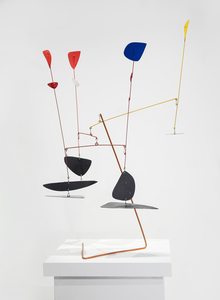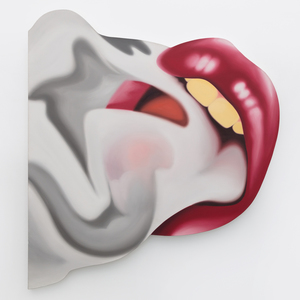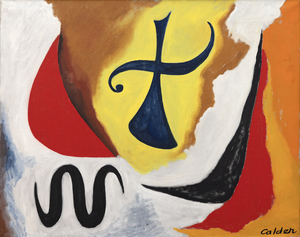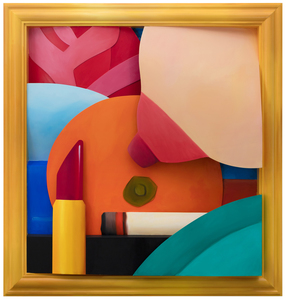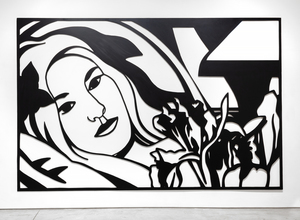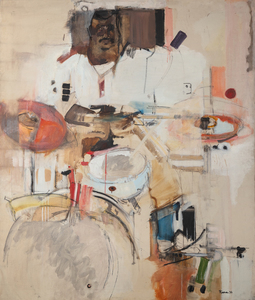GERHARD RICHTER (b. 1932)
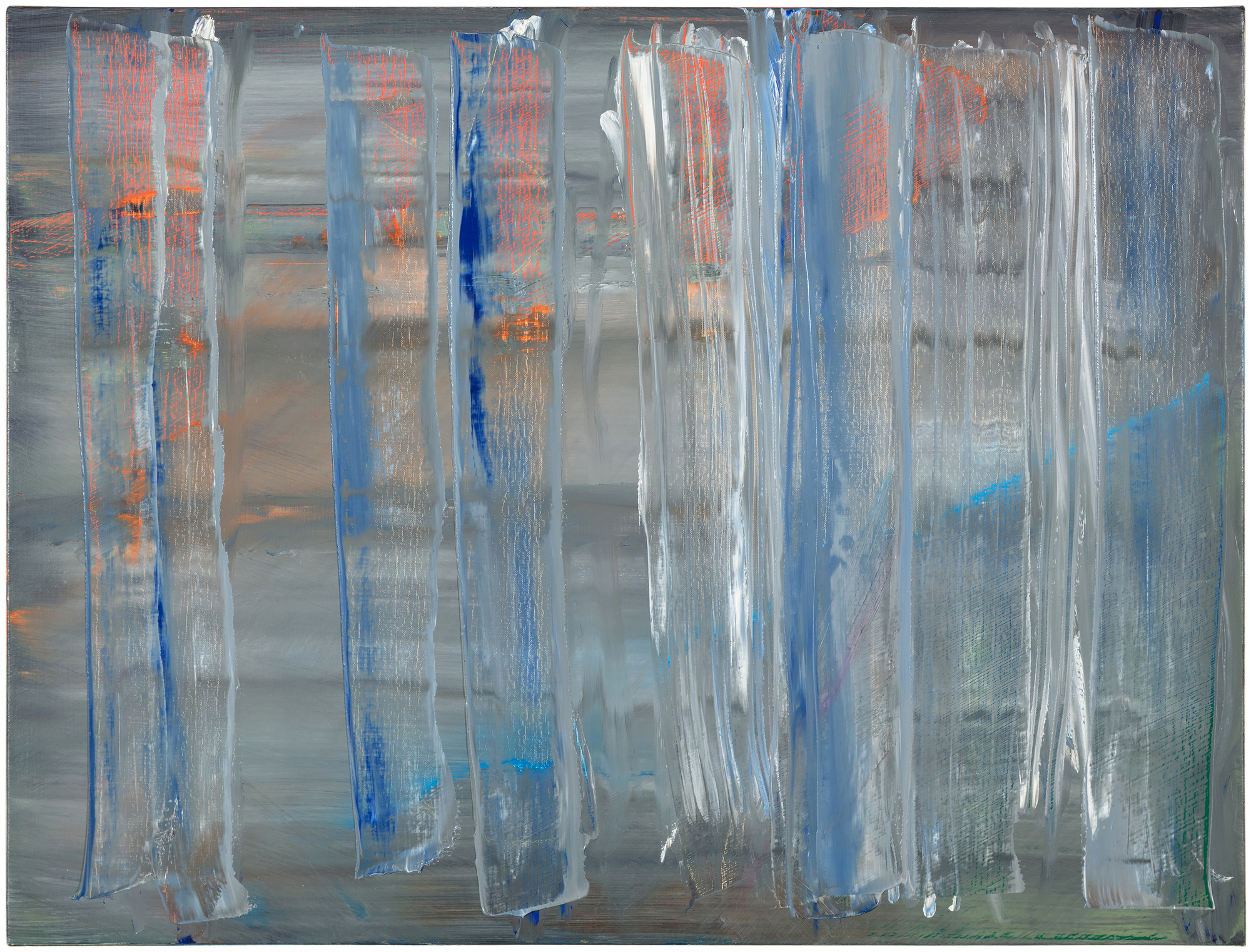
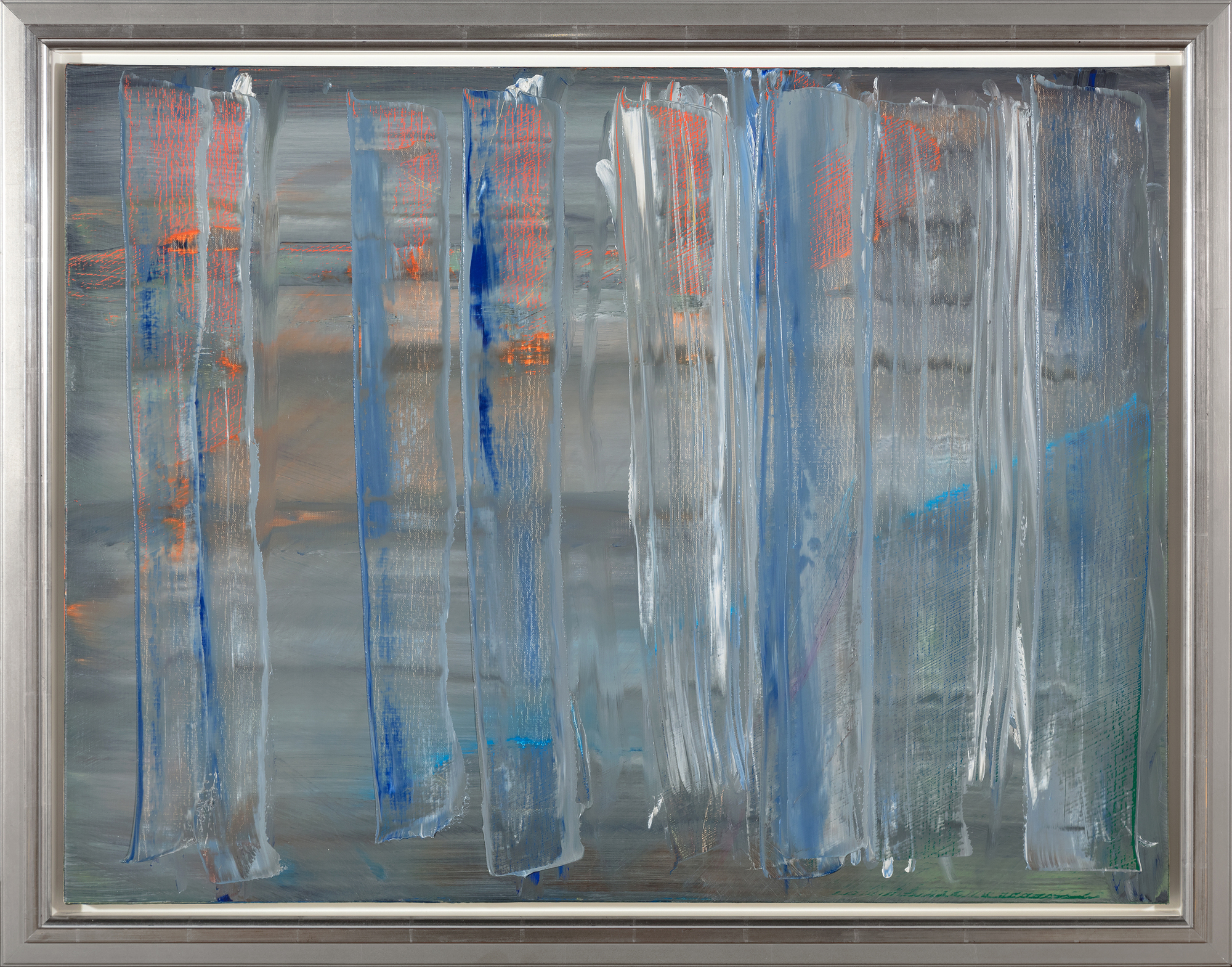
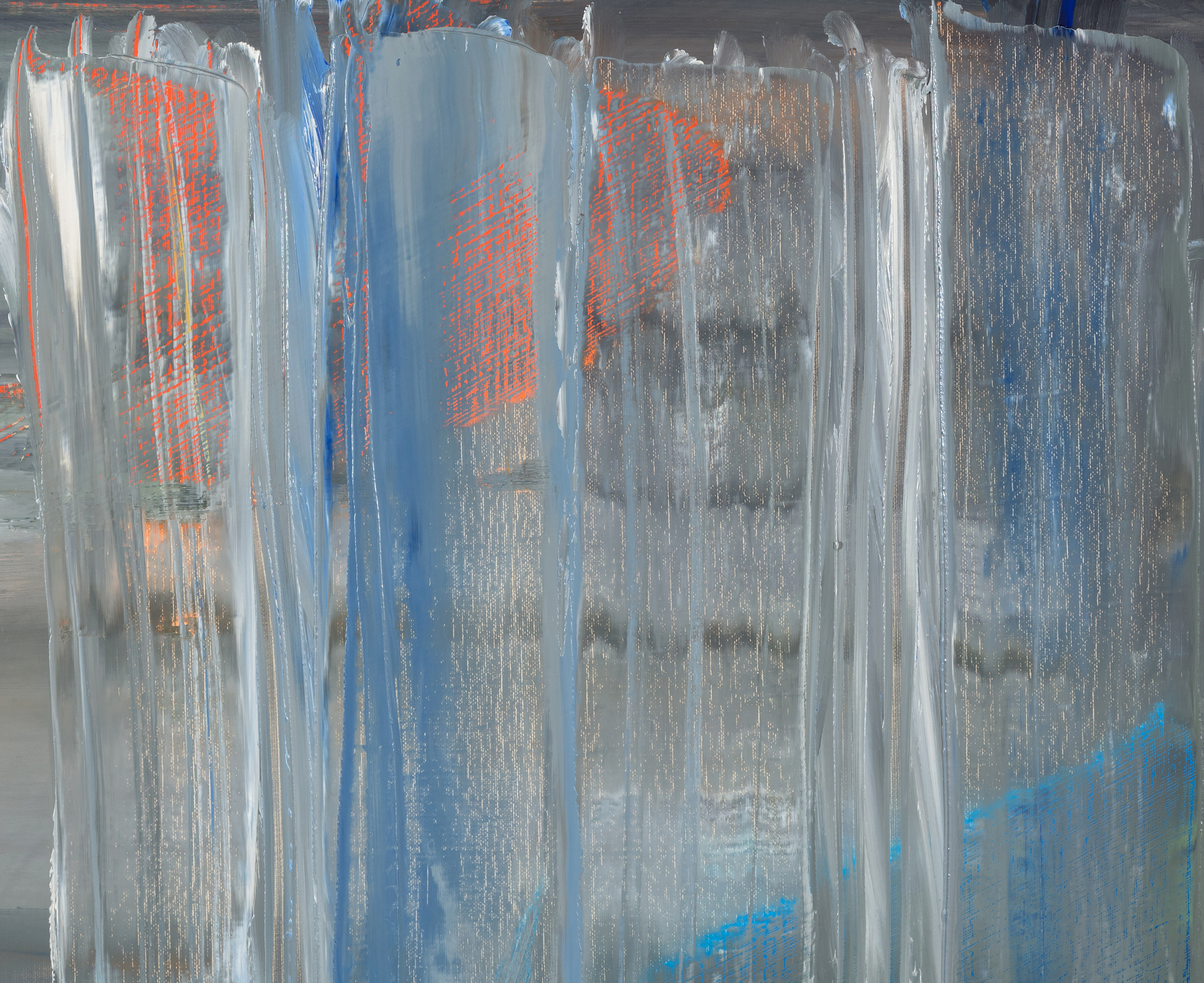
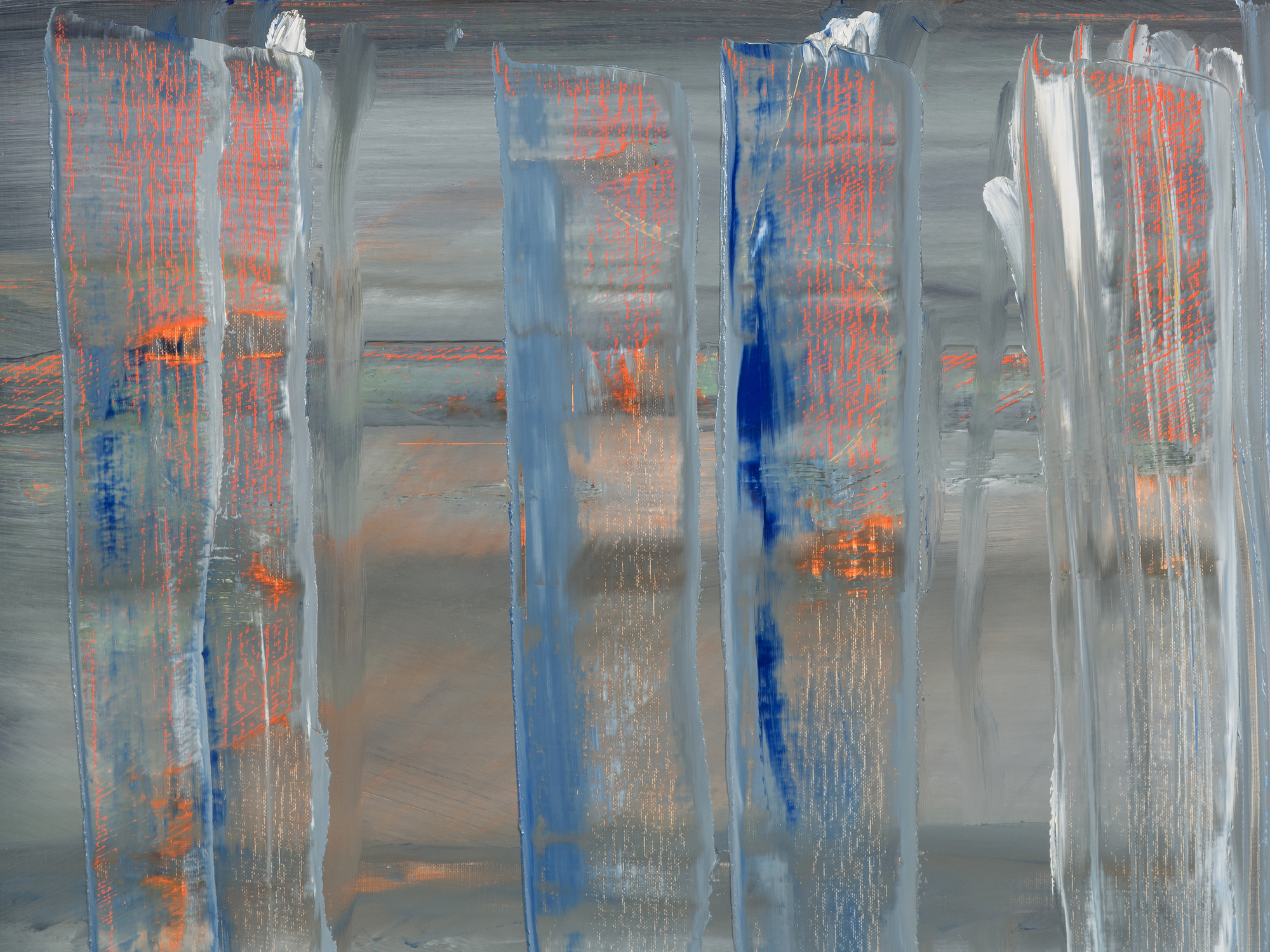
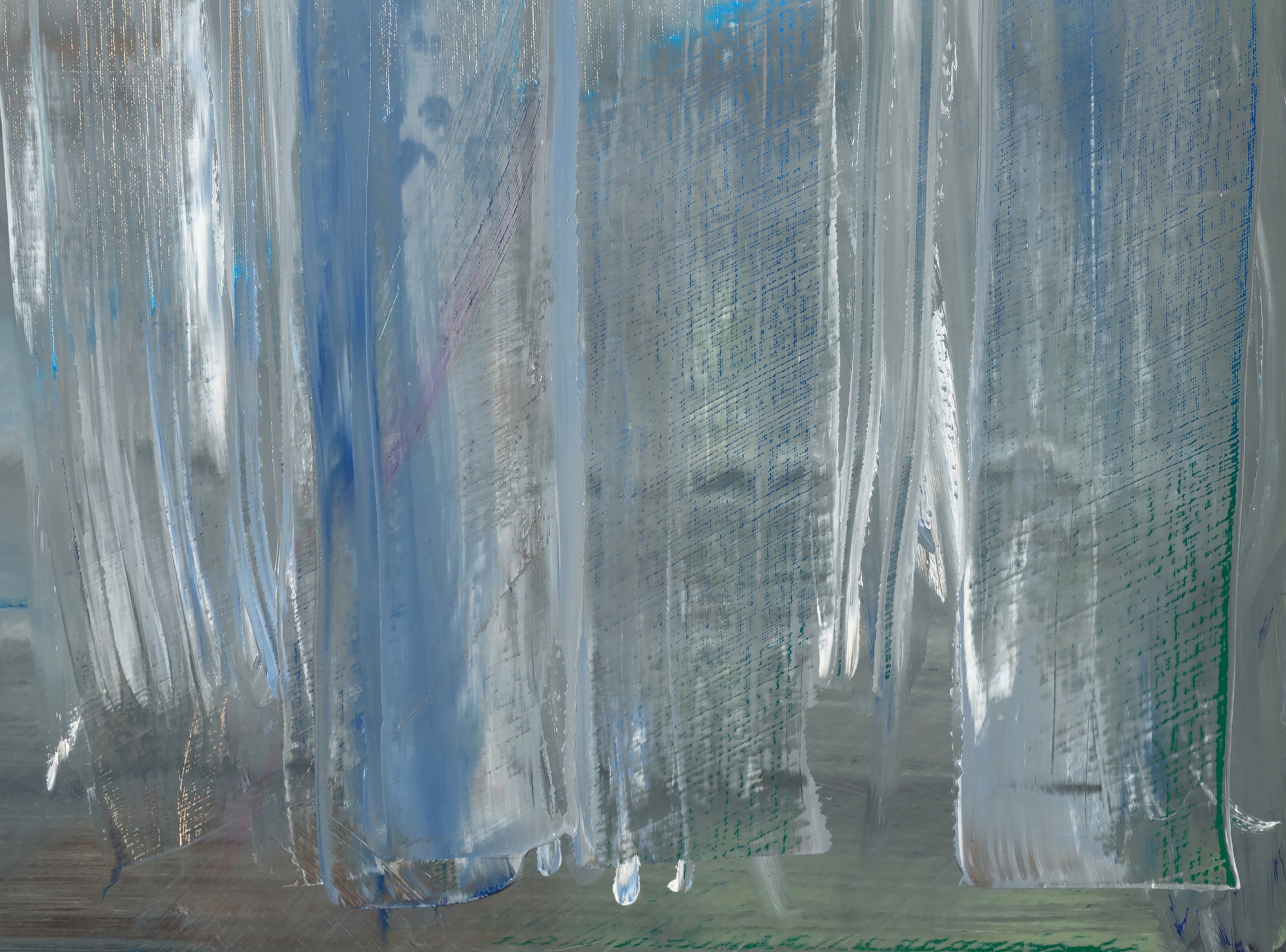
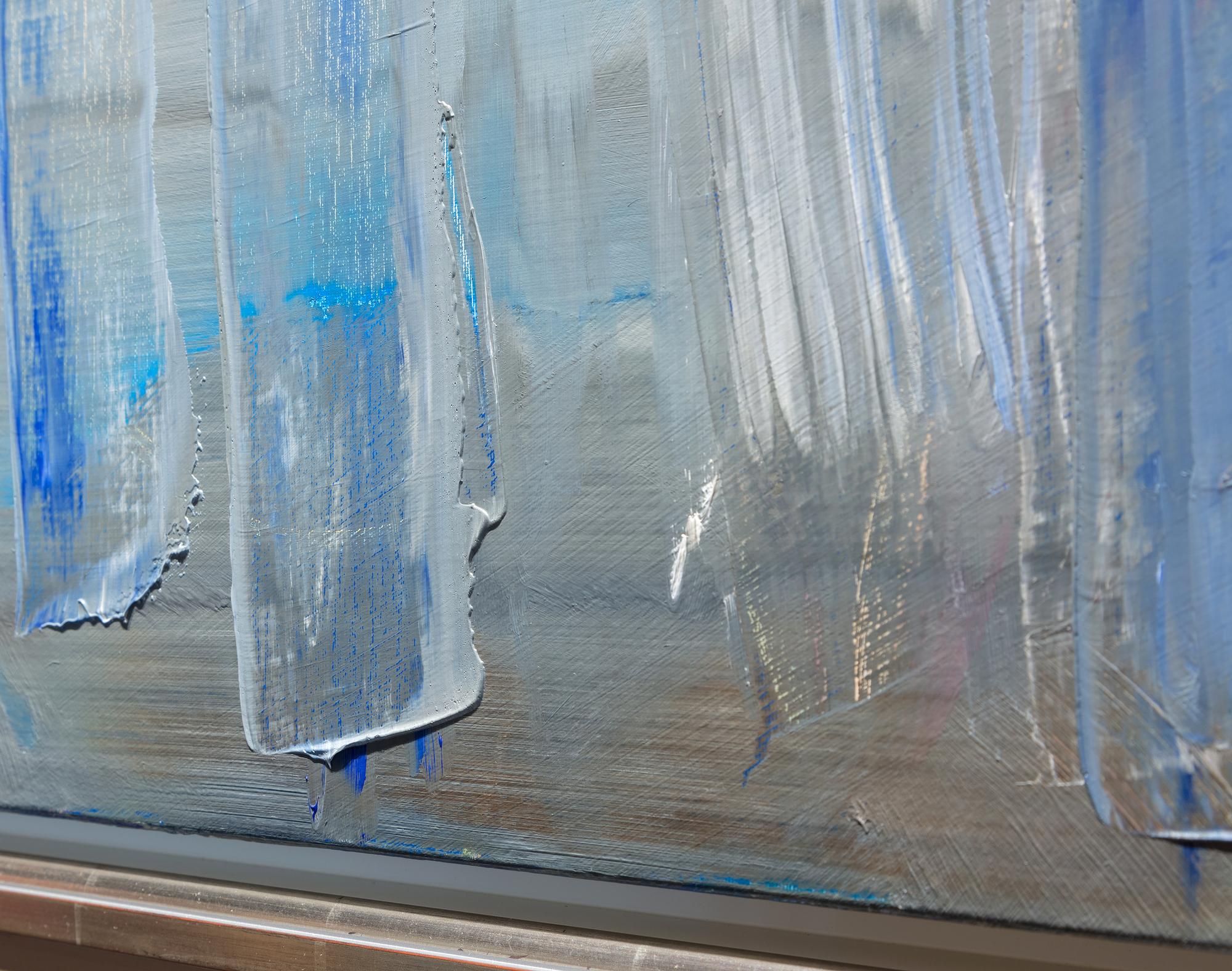
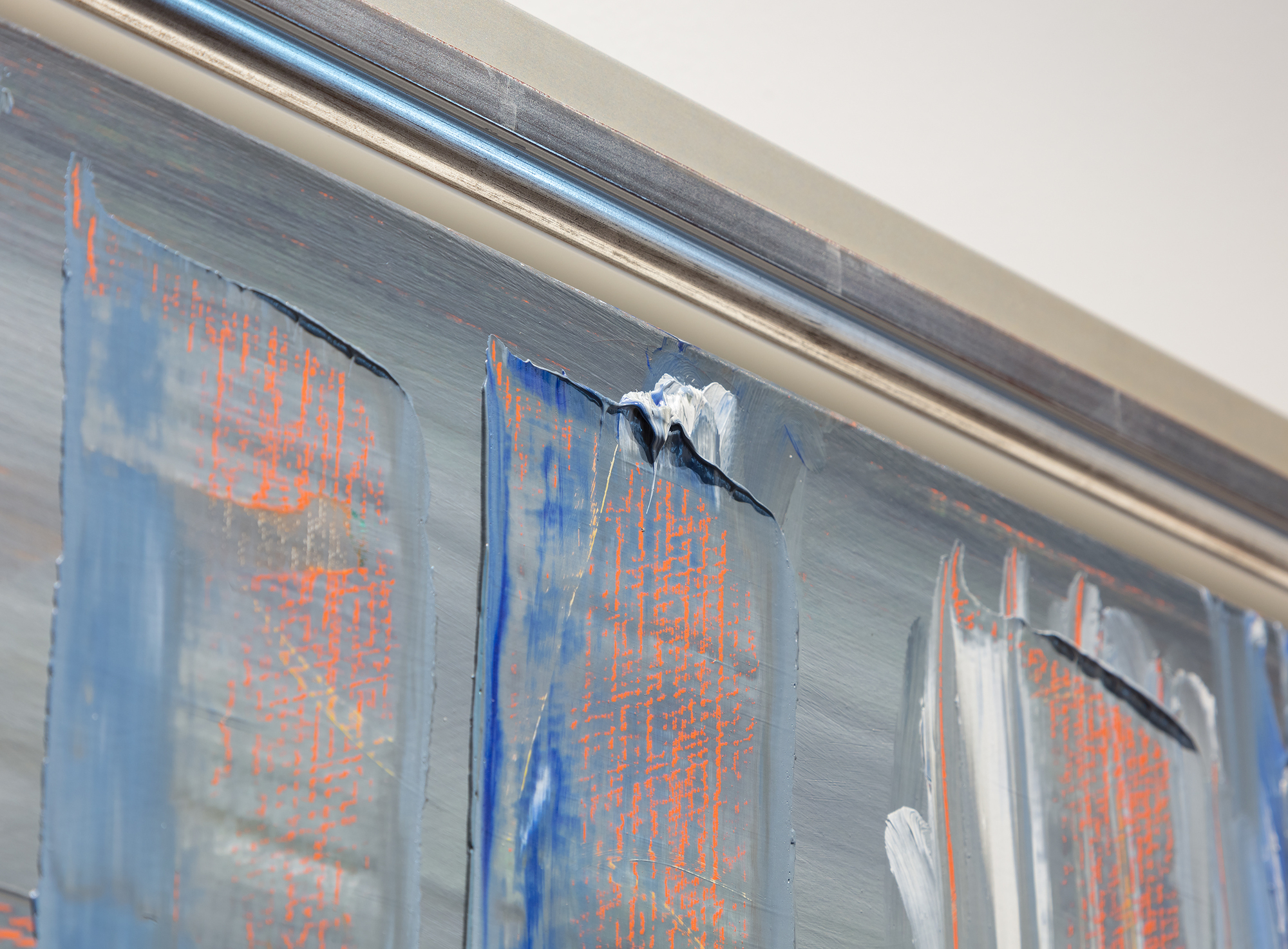
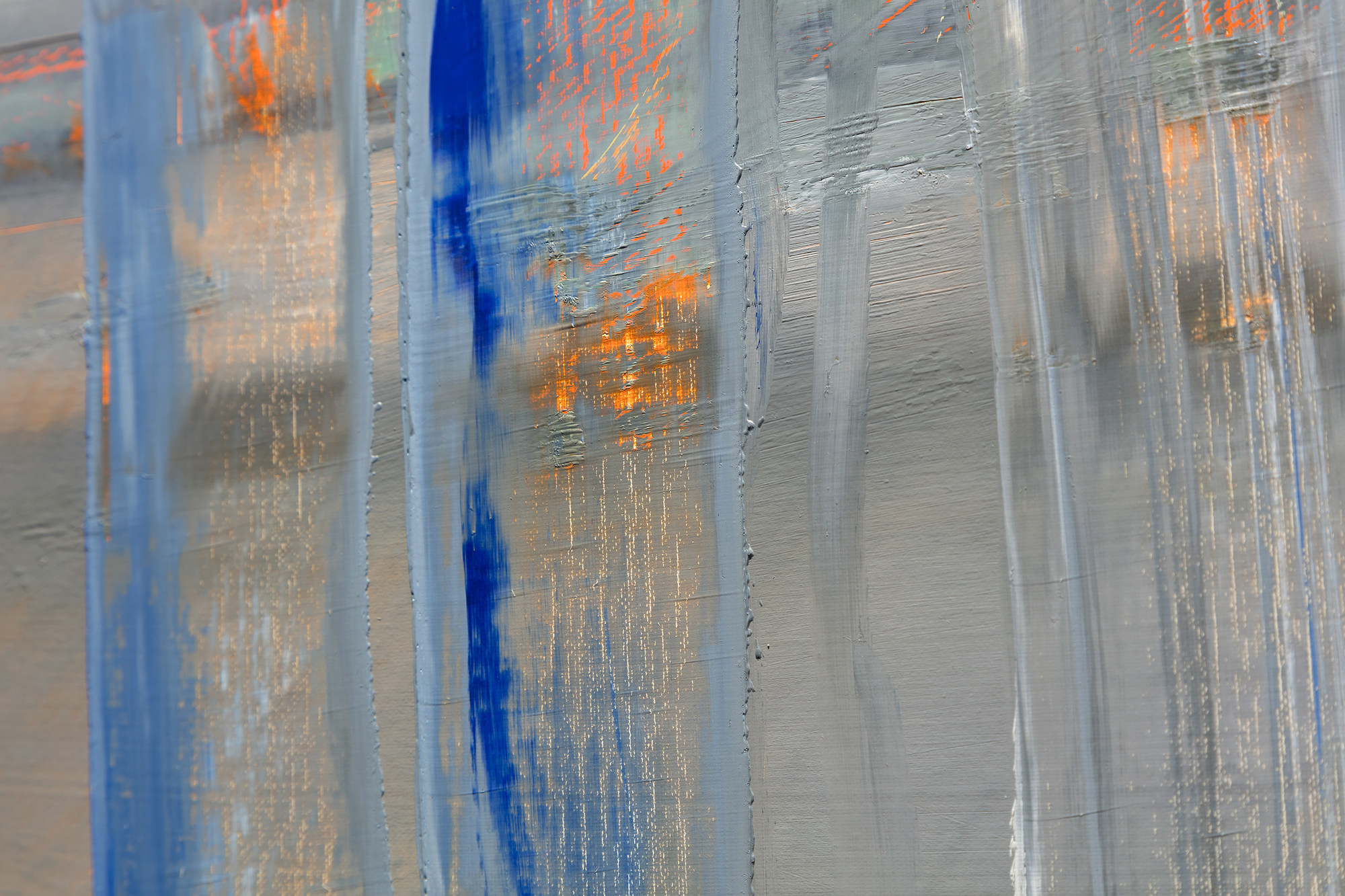
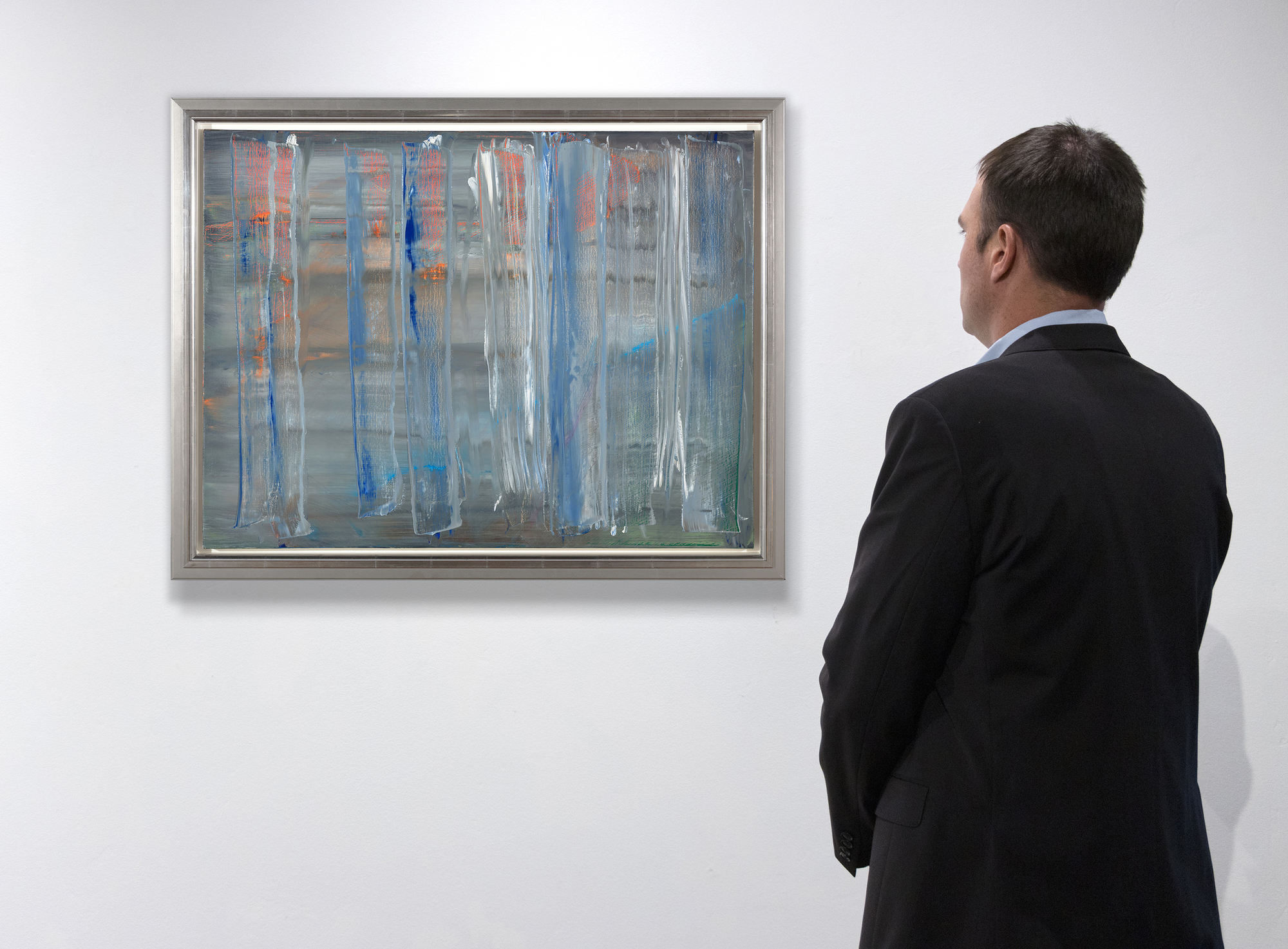
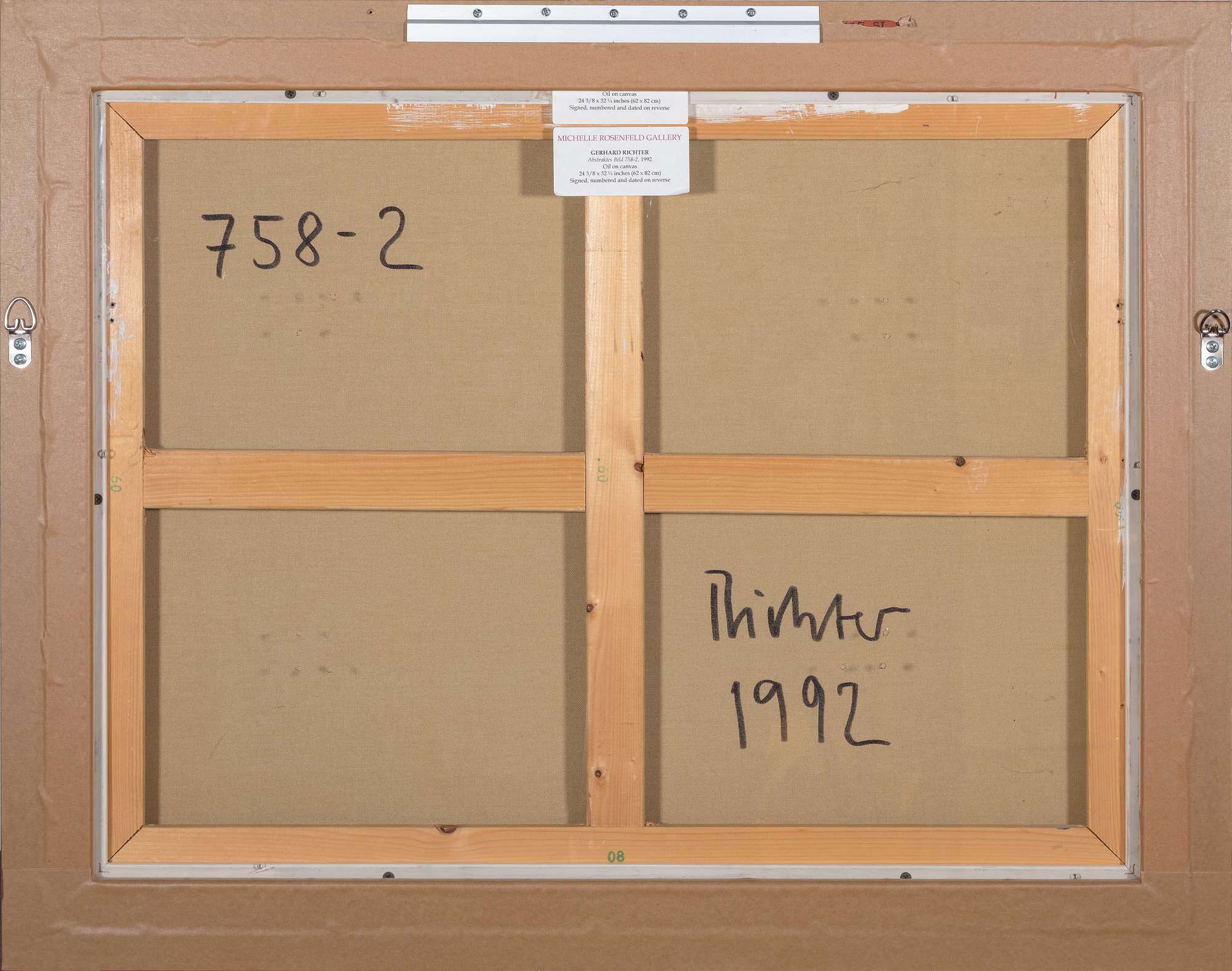
Provenance
Galerie Fred Jahn, MunichGalleri Faurschou, Copenhagen
Private Collection, Aachen
Private Collection, Essen
Phillips, New York, May 16, 2003
Private Collection, New York
Michelle Rosenfeld Gallery, New York
Exhibition
Gerhard Richter. Malerier, Galleri Faurschou, Copenhagen 1996Gerhard Richter. Werke aus Aachener Sammlungen, Ehemalige Reichsabtei, Aachen-Kornelimünster 1999
Literature
Elger, D (2011), Gerhard Richter: Catalogue Raisonné, Hatje/Cantz. vol. IV, color ill. no. 758-2, p. 434Buchloh,...More... B. H. D., Gidal, P., Pelzer, B., & Musée d'art moderne de la ville de Paris (1993), Gerhard Richter, Kunst-und Ausstellungshalle der Bundesrepublik Deutschland. vol. III, color ill. no. 758-2
Ehemalige Reichsabtei (1999), Gerhard Richter, Werke aus Aachener Sammlungen [cat.], Aachen-Kornelimünster. color ill. p. 59
Phillips (New York, May 16, 2003), Contemporary Art, Part II [auction cat.], lot 142, color ill. pP. 4
...LESS...
History
Widely recognized as one of the most consequential artists of our time, Gerhard Richters career now rivals that of Picasso’s in terms of productivity and genius. The multi-faceted subject matter, ranging from slightly out-of-focus photographic oil paintings to Kelly-esque grid paintings to his “squeegee” works, Richter never settles for repeating the same thought but is constantly evolving his vision. Richter has been honored with significant retrospective exhibitions, including the pivotal 2002 show, “Gerhard Richter: Forty Years of Painting,” at the Museum of Modern Art, New York.
Abstraktes Bild 758-2 (1992) comes from a purely abstract period in Richter’s work. Conveying his message using a truly physical painting style, Richter would distort his layered paint with a wooden “Squeegee” tool, thereby revealing the underlayers and their unique color combinations. In sculpting the paint as such, he involved a degree of “art by chance”. Richter would react to these gestures, continuing to add, smear, and subtract paint, creating a textural surface with a sense of space and movement.
Richter is included in prominent museums and collections worldwide, including the Tate, London, The Museum of Modern Art, New York, and the San Francisco Museum of Modern Art, among many others.
MARKET INSIGHTS
- Gerhard Richter has a robust auction and sales history, with major works often exceeding thjeir pre-sale auction estimates.
- There is a compound annual growth rate of 17.6% for Gerhard Richter.
- Gerhard Richter is one of the most consequential artists of our time. Richter has had several retrospective exhibitions, and is one of the most sought after artists of the 20th/ 21st Centuries.
Top Results at Auction
Comparable Paintings Sold at Auction
Paintings in Museum Collections
Authentication
Additional Resources
Image Gallery
Inquire
You May Also Like







































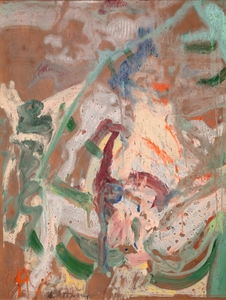
_tn28438.jpg )
